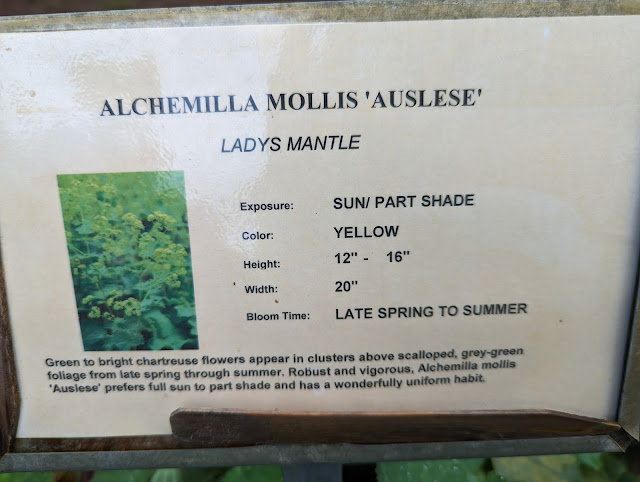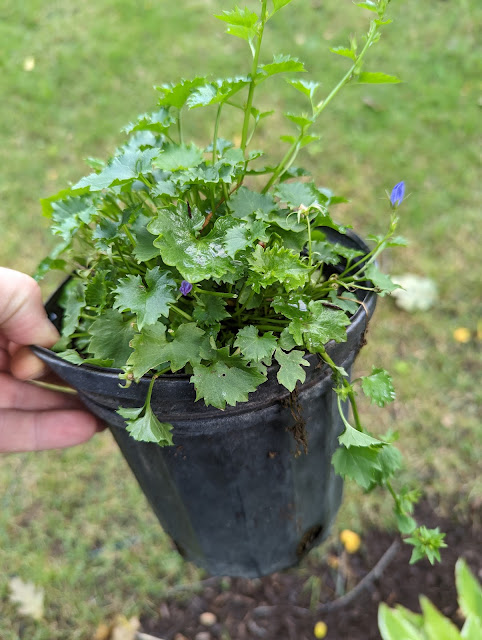Twinkle Toes Lungwort - Winter Dormancy - January 2023

The timing of dormancy in the garden continues to be a real source of learning for me in our garden - with different plants moving at different pacing that varies from year-to-year. One of the plants that I caught in the garden going through a transition this week was the trio of Twinkle Toes Lungwort (Pulmonaria) that is showing a mix of foliage that appears to be green and some that is showing pure garden death. See below for a photo showing the three Pulmonaria in early January: This Fall, I moved these these three out further to the edge of the bed, so there is likely a bit of transplant shock , but based on what I've seen over the years, these are right on track. Here's a post with photos from early March 2021 that shows a similar mix of dead foliage with the new growth.











